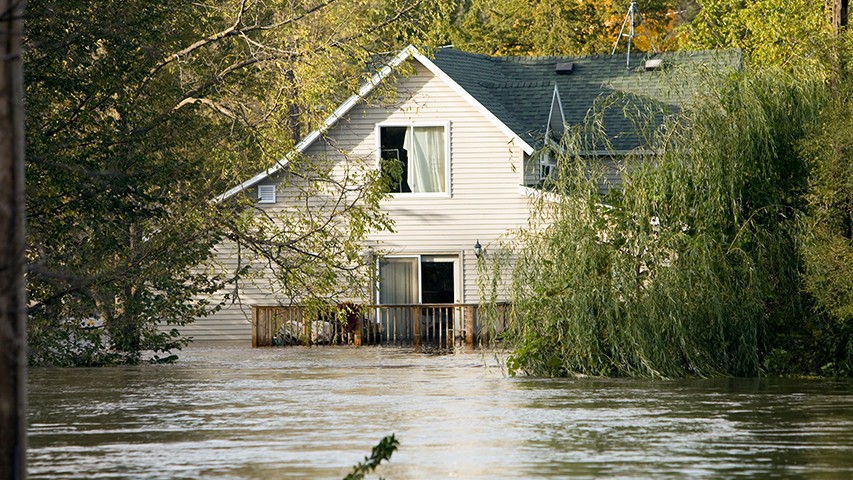Suggested posts
August 8, 2024
Can you afford to pay out of pocket to fix damages or replace your home if it floods?

# Floording
# Insurance
# iii.org
A suggested post to help your community financially protect themselves with flood and comprehensive insurance - Update 8/8/24

Joseph Porcelli

Popular
Dive in
Related
Blog
If you live in a mobile or manufactured home, where is your safe space?
By Joseph Porcelli • Mar 14th, 2025 • Views 63
Blog
Nextdoor for Public Agencies: Enhanced Features for Better Community Engagement
Jul 15th, 2025 • Views 79
Blog
Fire Prevention Week 2025: Charge into Fire Safety!
By Joseph Porcelli • Sep 25th, 2025 • Views 103
Blog
If you live in a mobile or manufactured home, where is your safe space?
By Joseph Porcelli • Mar 14th, 2025 • Views 63
Blog
Fire Prevention Week 2025: Charge into Fire Safety!
By Joseph Porcelli • Sep 25th, 2025 • Views 103
Blog
Nextdoor for Public Agencies: Enhanced Features for Better Community Engagement
Jul 15th, 2025 • Views 79
